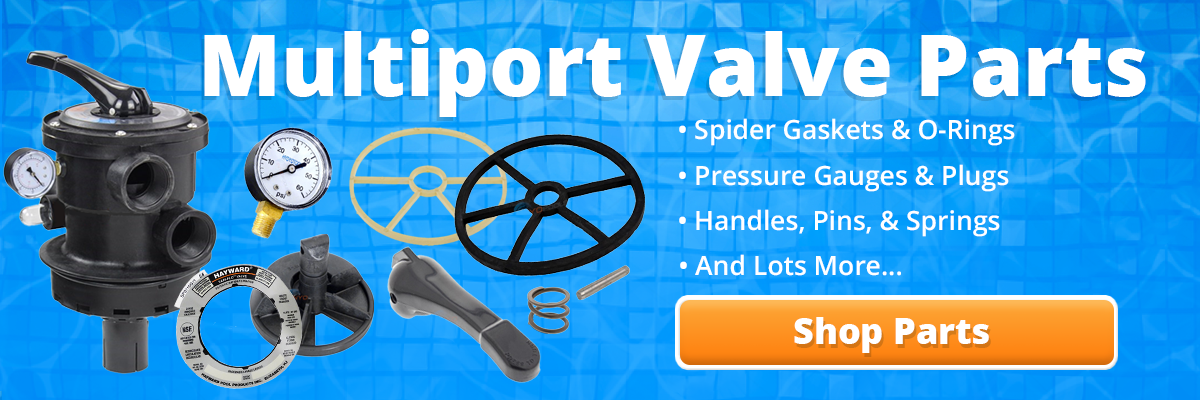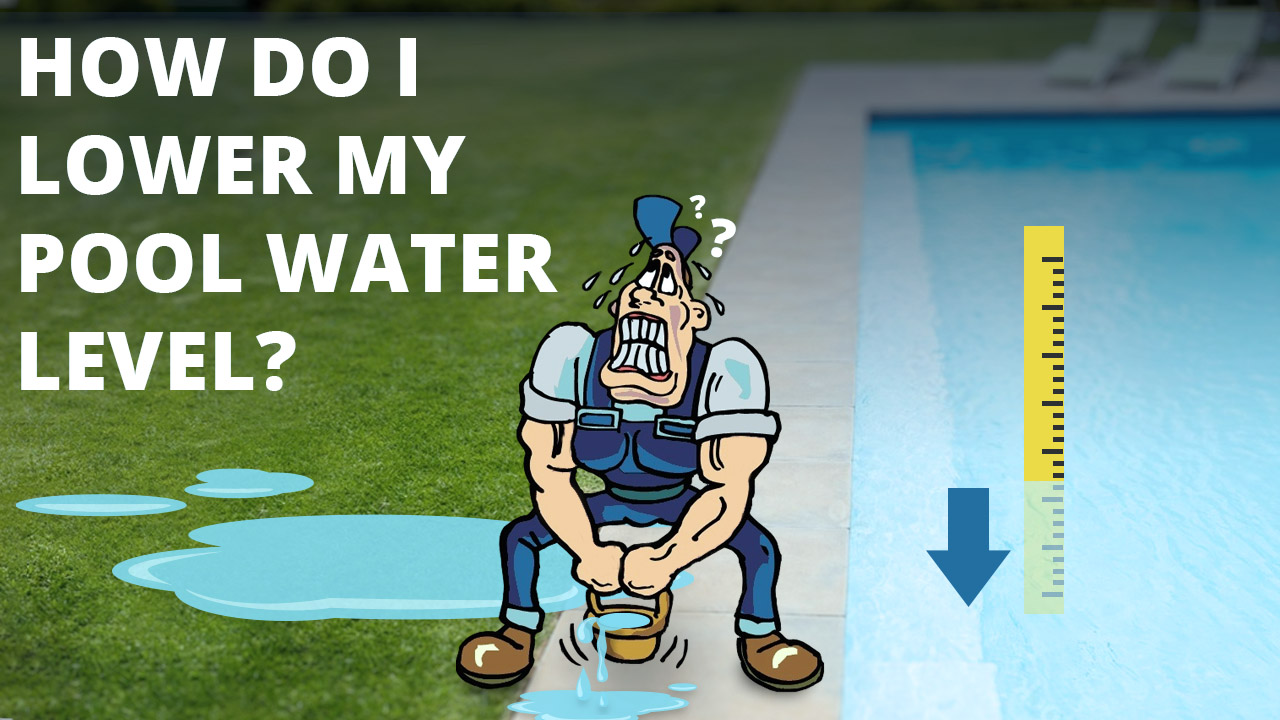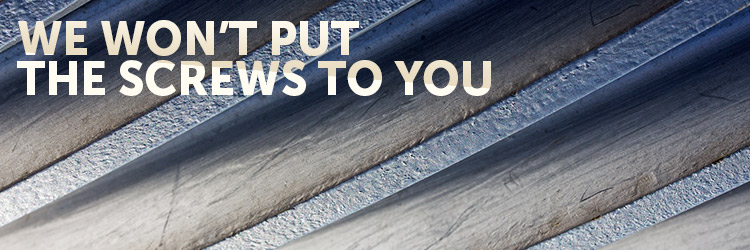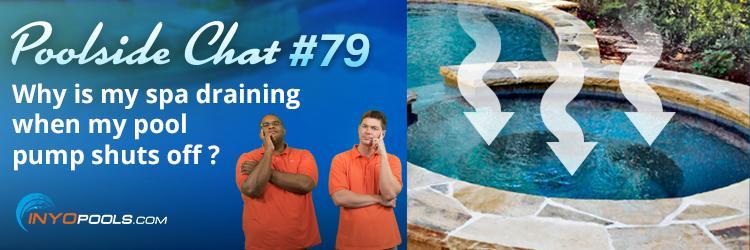It’s essential to know how to lower your pool’s water level for several vital maintenance tasks like winterizing, leak detection, and balancing water chemistry. Draining your pool may be basic, but not all pools are built to the same standard (or building code.) This guide will show you the various ways of lowering your water level for in-ground and above-ground pools.
Check the Suction Line You’re Pulling From – To ensure your pool drains smoothly, I suggest setting your system to pull water only from the main drain. By making this adjustment, you ensure your system will not pull in air as the water drops below the skimmer.
- For In-ground pools – Even if you are draining an inch or two, I’d prefer only to pull from the main drain.
- For Above-ground pools – Most above-ground pools do not have a main drain. So, you will need to rely on your skimmer, or you can reroute your suction line from the skimmer over the pool wall to the pool from the pool bottom.
Remember to plug the skimmer port and return before disconnecting any pipes when rerouting the suction line.

Backwash or Waste Setting on Your Filter Valve
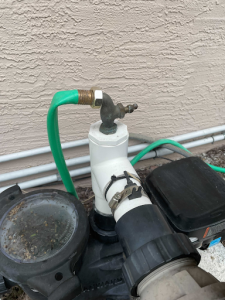
Most sand and diatomaceous (DE) filters feature a backwash valve that allows you to reroute through or completely bypass the filter. The two types of filter valves, multiport and push-pull, have a waste setting that bypasses the filter tank and directs the water to a waste line.
If you plan on draining more than a few inches of water, I’d make sure you have the line plumbed to flush the water down a sewer drain or some other drainage type. Note: each county or state may have regulations as to where this excess water can be drained. Check with your local pool company or code enforcer to make sure you aren’t violating a local code.
Related Articles – How To Backwash a Pool Filter, How To Operate a Hayward Slide Valve
Pools with a Cartridge Filter or No Backwash Valve
If your pool system has a cartridge filter, your options to drain water must be added to your PVC plumbing. Cartridge filters are not designed for use with backwash valves; so, any diverting water flow to a waste line must be done using a diverter valve or spigot.
Spigot – Preferably plumbed on the length of pipe between the pump and filter, the spigot allows you to drain water before most of it goes through your filter. In addition, the spigot is considered more reliable than your average diverter valve because of its more straightforward design.

Diverter Valve – Add a three-way diverter valve before or after the filter to give you a plumbed PVC waste line. A waste line can be plumbed to a drain using standard PVC. Or, you can create a short stent and then attach a backwash hose to extend to a more suitable drainage zone.
Related Article – How To Add a Pool Waste Line
How to drain pool if your pump is dead
If your main filter pump is out of commission or winterized, use a sump pump or auxiliary pump to drain the pool. This example shows a pool without a working main drain. Because of the size of the pool, we used a sump pump and the auxiliary pump.
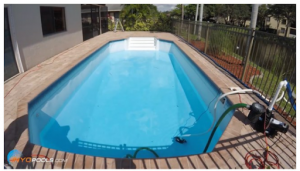
Sump Pump
These submersible pumps drain water from basins that do not have a traditional drainage option. For example, if you have experienced a flooded basement, a sump pump was likely used to drain it. Sump pumps can be rented from hardware stores, or you can buy a heavy-duty version for around $150.
Use a Vac Pack or Auxiliary Pump
You may have seen your pool technician with a cart with a standalone pump to help with vacuuming. These vac packs are used to drain a pool. Or, if you have access to another pump, you can rig it with PVC plumbing and a backwash hose, as we did for this pool draining.
Related Article – How To Install an Inground Pool Liner
If you have any ways to drain your pool that we didn’t mention, please share them with us by leaving a comment below.
